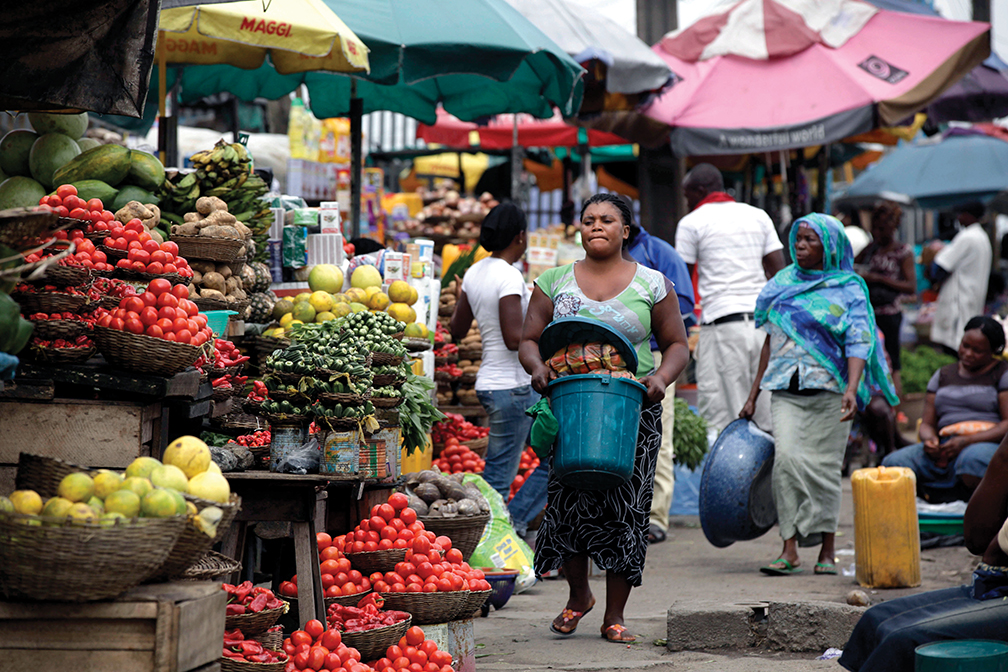UNITED NATIONS NEWS CENTRE
The United Nations Food and Agriculture Organization has warned that despite notable recent economic progress, Africa remains the world’s most food-insecure continent. It has called on all African agriculture ministers to focus investments and support efforts on smallholder farmers, including youth and women.
At the March 2014 28th Regional Conference for Africa in Tunis, Tunisia, the U.N. applauded the continent’s continuous growth since 1999 and called for providing an enabling environment to end hunger in the region by 2025.
With an average annual gross domestic product increase of 4.8 percent between 2000 and 2010 — up from 2.1 percent in the previous decade — Africa has seven out of the top 10 fastest-growing economies in the world.
The agricultural sector, in particular, has progressed considerably, with the intensification of staple food production, improved varieties of banana in East and Central Africa, high-yielding varieties of maize in East and Southern Africa, increased cotton production in Burkina Faso and Mali, and increased production of tea and flower farming in East Africa.
Eleven African countries already have met the first Millennium Development Goal to reduce by half the proportion of hungry people between 1990 and 2015. Three countries — Djibouti, Ghana, and São Tomé and Príncipe — also have met the even more ambitious 1996 World Food Summit goal to reduce hunger.
Despite all the progress, levels of hunger and undernourishment remain worrisome in Sub-Saharan Africa, particularly in the Sahel region and the Horn of Africa, the U.N. warned, estimating that of the 388 million who live in extreme poverty on the continent, 239 million are chronically undernourished.
The U.N. insists that there are significant opportunities for accelerating smallholder-driven agriculture and agribusiness in Africa as the basis for transforming and commercializing the sector. With 40 percent of Africa’s population now living in cities and consuming half of the total food, the importance of rural-urban food supply chains should be acknowledged, the U.N. said. Policymakers should consider this urban market, which is more accessible to family farmers, at least as much as the export market.
Numerous examples of the dynamic growth of rural-urban supply chains can be found throughout the continent including: millers and retailers of teff in Addis Ababa, Ethiopia; the millet supply chain in Senegal; the chicken supply chain in urban Nigeria, Mozambique and many other African countries; and the rapid rise of dairy processing companies linked to small farmers in Kenya and Zambia.

